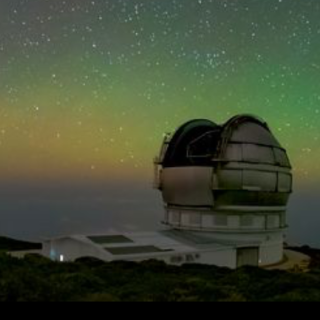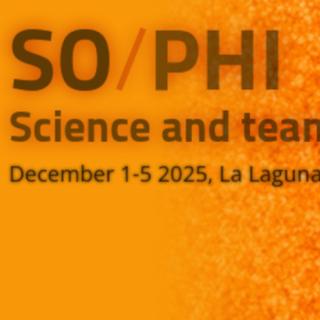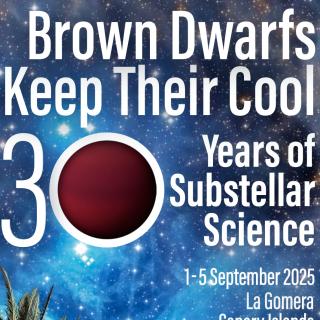Tr.ª de los Cancajos, 36, 38712 Breña Baja, Santa Cruz de Tenerife
The purpose of the series is to bring together the specialists of stellar pulsations in the classical instability strip (i.e., variables like δ Scuti, SX Phe, RR Lyr, Cepheids, Long-Period and Mira variables). These pulsating stars are used both as distance indicators and as laboratories for the study of stellar interiors. Large photometric surveys such as OGLE and MACHO have strongly contributed to the massive detection of RR Lyr in different stellar systems. They improved the Period-Luminosity relations and enhanced the variety of the physical properties supplied by the classical Petersen diagrams of radial modes. The surveys by CoRoT, Kepler, TESS satellites made it possible to detect non-radial modes, unveiling an unexpected mode mixture. RR Lyr and Cepheids are thus entering the domain of the ensemble asteroseismology, opened by δ Sct and LPV variables. Other more complex phenomena such as the Blazhko effect and cycle-to-cycle variations are challenging our knowledge of the stellar atmospheres. The all-sky survey made by Gaia puts all our variables at the right place in the Galaxy, largely improving their use as distance ladders and the DR3 will disclose the huge treasure of the photometric time series. Not only this, the Vera Rubin Observatory will be a further large-scale photometric facility for the study of pulsating variables.



